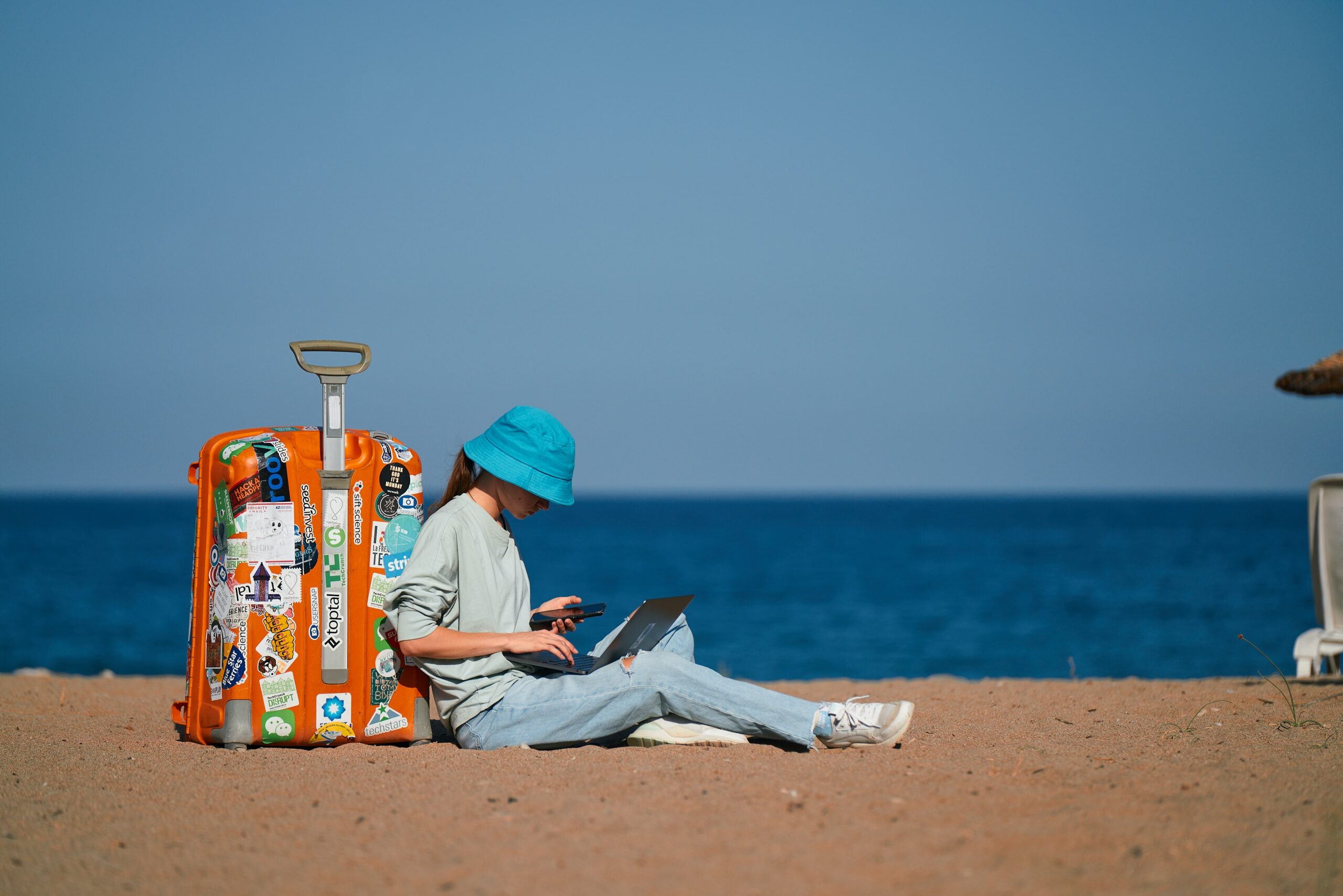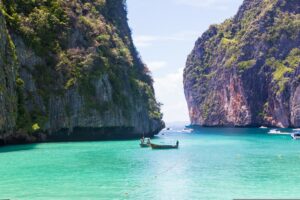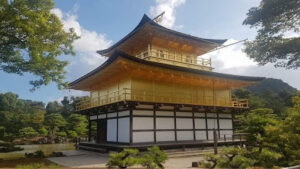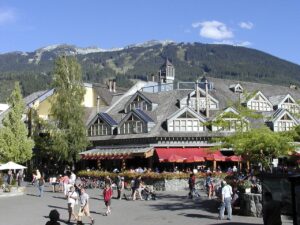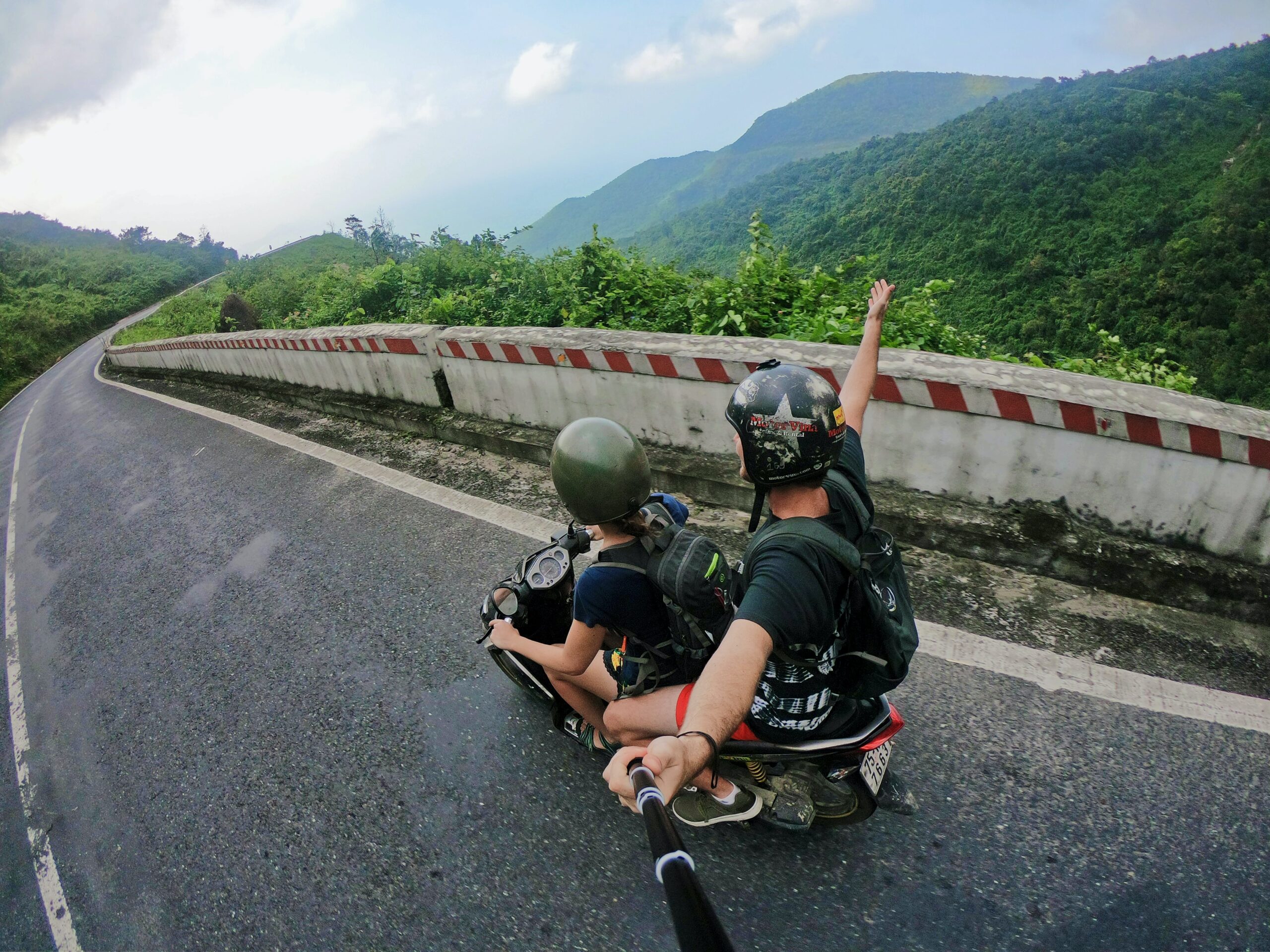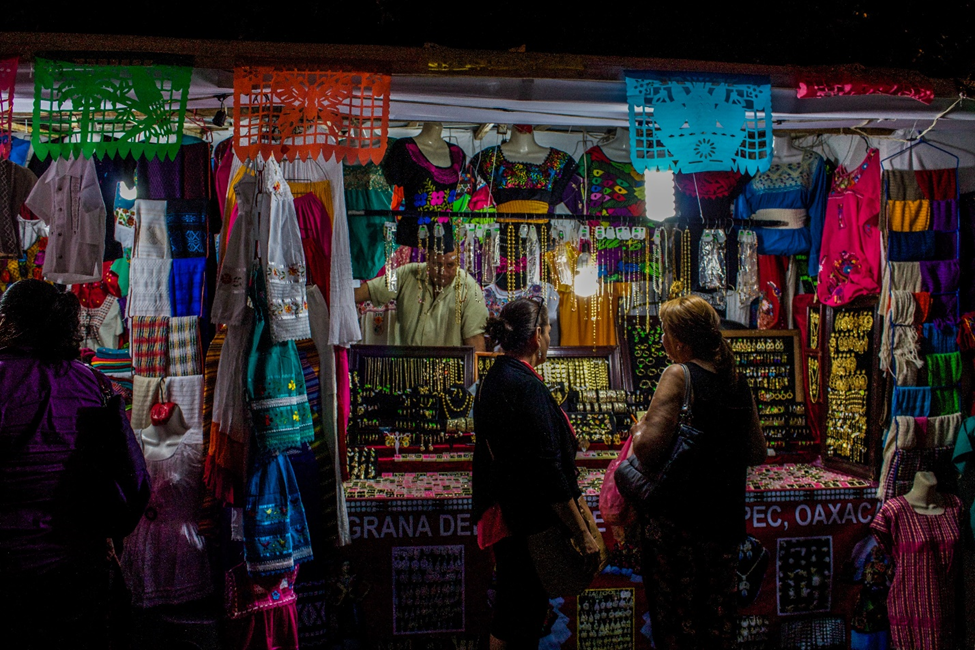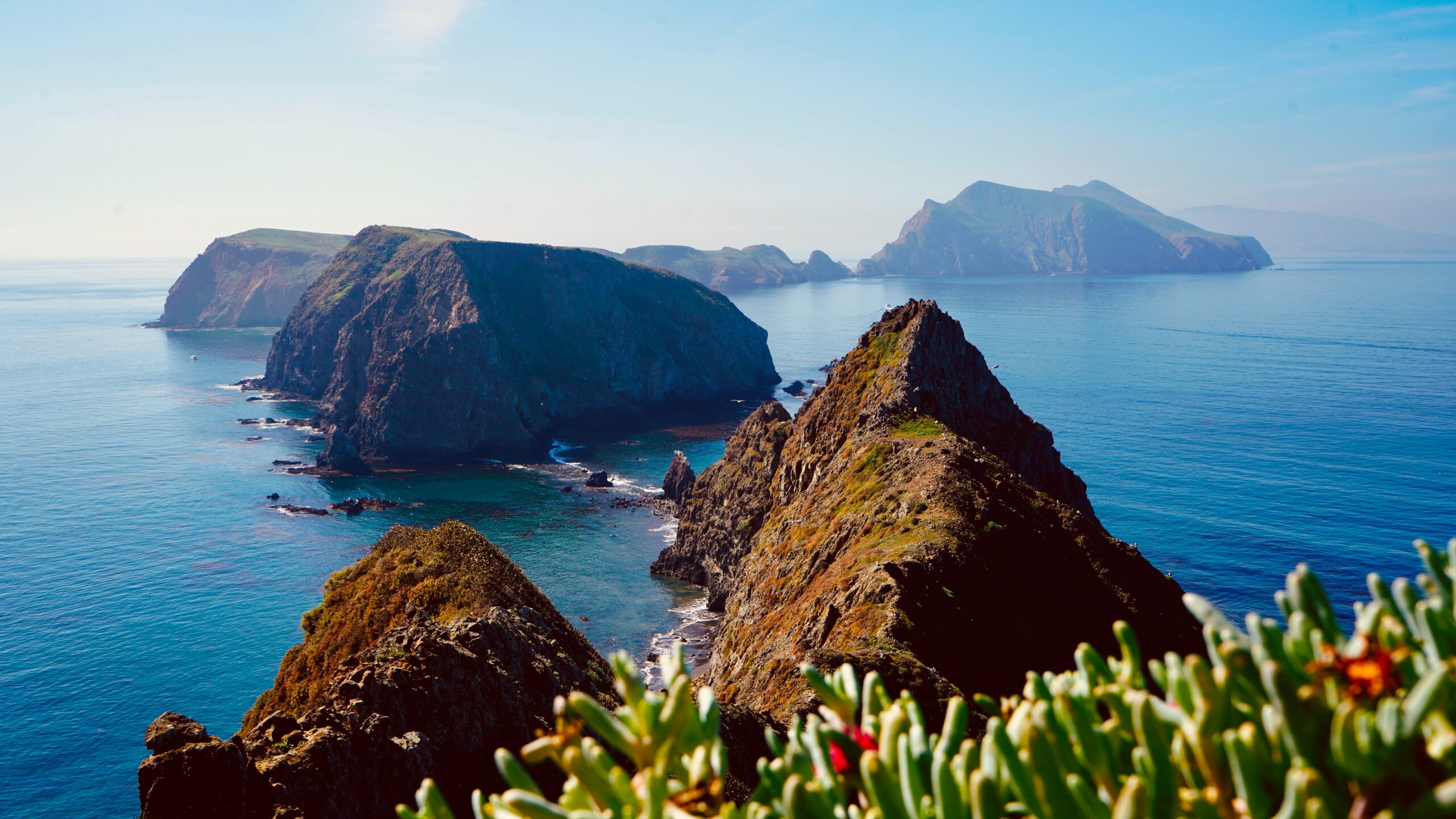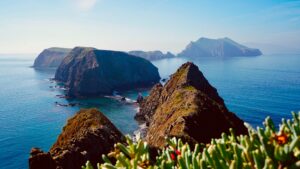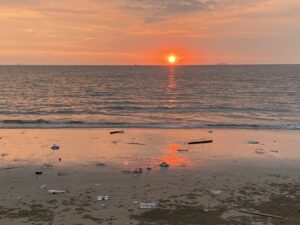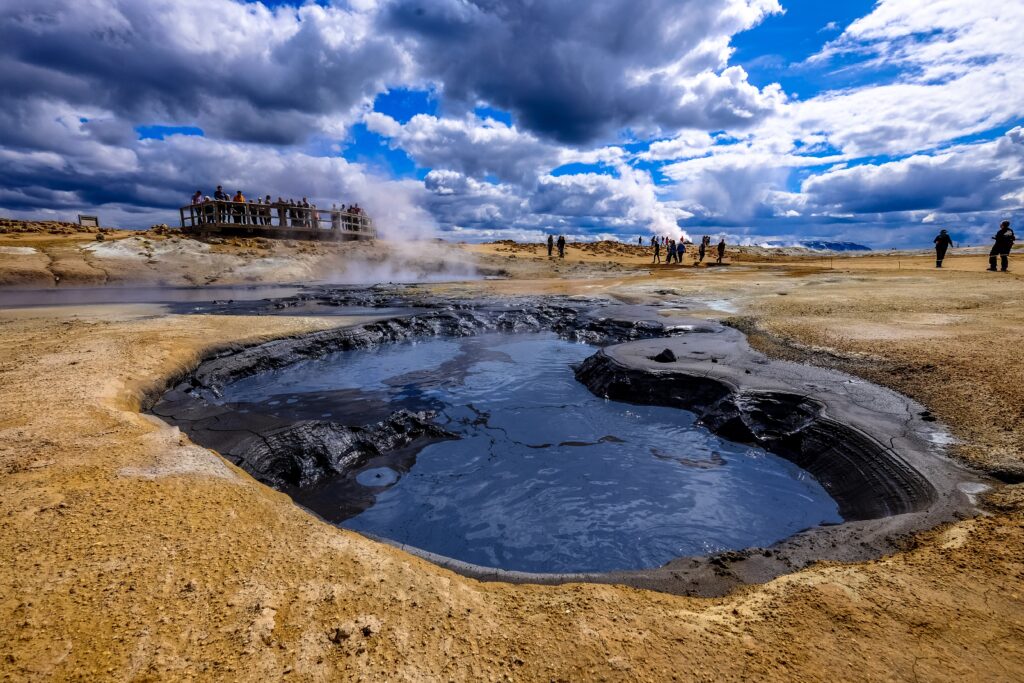What does greenwashing mean?
Consumers are becoming more aware of the environmental and social impacts of the businesses they support. This trend is on the rise across industries, and travel is no exception. According to American Express’ 2023 Global Travel Trends Report, 76% of respondents are interested in minimizing the environmental impact of their trips, and 69% would spend more during a vacation if they knew it supported the local community. While this is a positive and promising trend, it can also incentivize businesses to design their marketing in a way that appeals to this key demographic without necessarily aligning their operations.
Greenwashing definition: At its core, greenwashing is all about misdirection. It occurs when businesses apply a “green sheen” to their services with language they know will satisfy search engines and appeal to conscientious consumers without actually doing the work to drive positive environmental or social outcomes.
Greenwashing example: A DMO uses vague or ambiguous language like “eco-friendly” or “sustainable” without clarifying what those terms actually mean in the context of the services it provides and the destination it serves.
Greenwashing can also show up in the imagery a business uses in its marketing materials. Photos and graphics play an important role in sustainability messaging and can misleading consumers if they don’t align closely with the claims being made.
Greenwashing example: A hotel relies on non-renewable energy sources for heating and cooling but includes a photo of solar panels on its website to convey a more sustainable approach to energy fulfillment.
How to identify genuine sustainable tourism practices
It’s one thing to understand how to avoid greenwashing in travel, and another to understand how you can break through the noise to identify meaningful sustainable tourism practices to celebrate the companies, brands, and destinations that are deploying them. Asking the following three questions can help gauge whether an organization is culpable of greenwashing or implementing tourism practices that genuinely preserve natural and cultural resources.
1. Are sustainability goals material to the organization’s operations and supported by a clear roadmap?
When seeking out genuine sustainable tourism practices, you can start by looking for an environmental policy and a commitment to equality, diversity, and inclusion (bonus points if the organization has set measurable goals for carbon reduction, biodiversity, or conservation). It’s worth noting that while these policies are crucial, the process of implementing them can be time and resource-intensive, particularly for small businesses.
Additional signs that an organization is on the right track in its sustainability journey include commitments toward:
- Localizing its supply chain (i.e., sourcing local food and beverages)
- Eliminating single-use plastics (think key cards and toiletries)
- Using renewable energy sources
- Managing waste and water efficiently
- Employing locals and outlining a progressive path for career development
- Advocating for animal and child welfare

Learning about and choosing locally sourced foods can be a fun and effective way to reinforce sustainable tourism practices and support local farmers.
If these types of commitments aren’t readily available via a company’s public-facing channels, don’t be afraid to respectfully ask about sustainability standards and the steps being taken to drive positive social and environmental action before, during, and after your trip.
Some examples of the types of questions you can ask to better understand a company’s commitment to sustainability include:
- Are you taking steps to measure and reduce your carbon footprint?
- How do you manage food waste?
- Do you monitor and control energy use, especially heat and air conditioning?
- Do you reinvest profits back to serve the local community?
- What are your key sustainability metrics?
- What are your sustainability goals for the future?
Becoming carbon neutral by 2030 is an admirable goal, but it doesn’t really mean anything without a clear roadmap that details the strategies and metrics involved in achieving it. Genuine sustainability commitments require a detailed action plan as well as public-facing information on any progress made to date.
Key takeaway:
Companies with genuine sustainable tourism practices go beyond talking the talk to walk the walk. Their marketing is in lockstep with their operations, and this is evident in the clear roadmaps they’ve laid out to achieve their sustainability goals.
2. Are sustainability claims transparent and backed by data?
Sustainability claims should be backed by concrete data whenever possible, and this quantitative information should be presented in a way that’s transparent and publicly available. Combining specific figures and evidence with written communications and marketing materials such as links, infographics, and statistics adds depth and credibility to messaging.
Example: Rather than claiming to be “carbon friendly” and calling it a day, a tour operator ought to support the claim with data on emissions reduction over time in a way that is digestible and helps consumers understand the true impact behind the efforts being taken.
Further, engaging expert auditors to validate sustainability data and reports can fortify credibility and demonstrate a commitment to integrity and transparency. Given the rise of greenwashing in an already saturated tourism market, it’s more important than ever to establish accountability and trust between companies and consumers.
Key takeaway:
A vital step to avoid greenwashing is to ensure sustainability claims are backed by trustworthy and transparent data. This data must go beyond the individual organization to consider the entire value chain.
3. Are sustainability claims reinforced by credible third-party certifications and standards?
Established third-party certifications and standards that are backed by rigorous assessments and criteria can help to bolster the credibility of an organization’s sustainability claims.
A few examples of credible sustainable tourism certifications and frameworks are:
- Global Sustainable Tourism Council (GSTC): The world’s leading accreditation platform for sustainable travel companies
- B Corp: Provides third-party validation of a company’s practices around social, ethical, and environmental impact and aggregates it into one overall score determined by the size and scale of its operations
- Sustainable Development Goals (SDGs): 17 interconnected goals established by the UN to transform the world by promoting prosperity while protecting the planet, reflecting the notion that ending global poverty requires a multifaceted approach
- Science-Based Targets Initiative (SBTi): Drives ambitious climate action in the private sector by enabling organizations to set science-based emissions reduction targets and a clearly-defined path to reduce emissions in line with the Paris Agreement goals
There are plenty of sustainability certifications and standards that exist on global, national, and regional levels. If you’re feeling overwhelmed and don’t know how to start navigating this space, you can begin by identifying what’s important to you.
Example: If you’re passionate about ocean conservation, you can search for destinations and experiences that align with SDG 14: Life Below Water.
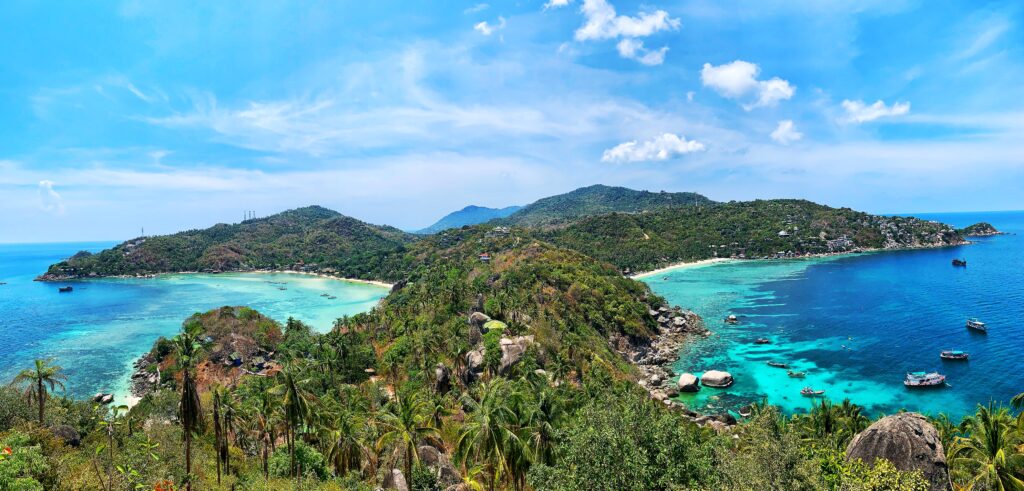
Scuba diving is one example of a popular activity that provides travelers the opportunity to support businesses that are making strides to conserve and regenerate marine environments.
It’s important to note that while certifications can help build trust between brands and consumers, they have their limitations and are certainly not an end-all. Certifications can be rigorous and expensive, and it’s important to consider whether an organization has the means to meet third-party standards. In some cases, a small business may be operating sustainably, but lack the capital required to secure certification.
Key takeaway:
Certification can provide a framework for sustainable practices and a benchmarking tool for tourism businesses. However, it also requires significant investment, limits innovation, and is just one piece of the whole sustainability puzzle.

Support sustainable practices to influence the future of tourism
Choosing brands, tour operators, and destinations that are working to drive positive impact for people and the planet and being transparent about their sustainability journeys is voting for a more regenerative tourism future.
When it comes to sustainable tourism, it’s important to stay curious, look at the whole picture, and understand that there’s no silver bullet solution. At the end of the day, it’s essential that brands, companies, and destinations are transparent about their hopes and plans – even if they’re just beginning their sustainability journeys.
Traveling should be joyful, and it should also remind us that our planet is beautiful, delicate, and interconnected. Looking to credible sources, executing due diligence, and asking respectful questions can help you spot genuine sustainable tourism practices and contribute to the co-creation of a regenerative tourism future.
Want to learn more about tourism for sustainable development? Get in touch, and be sure to follow along with us on Facebook and LinkedIn.

